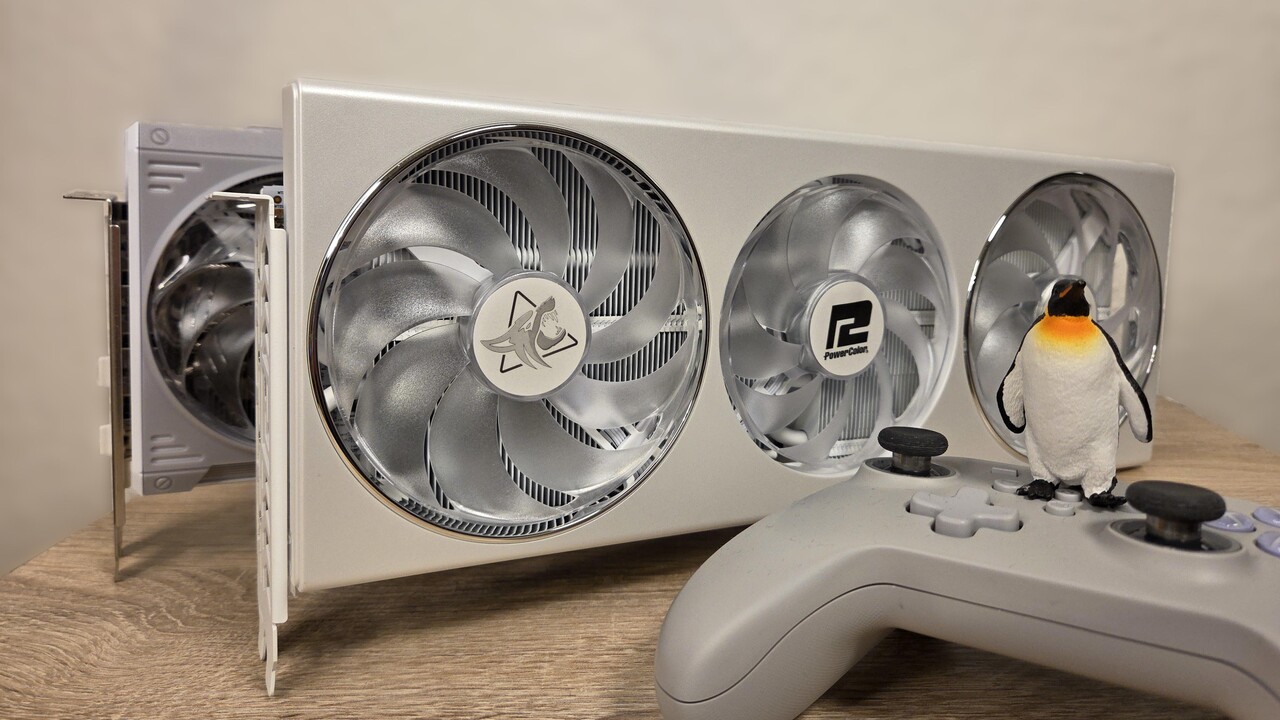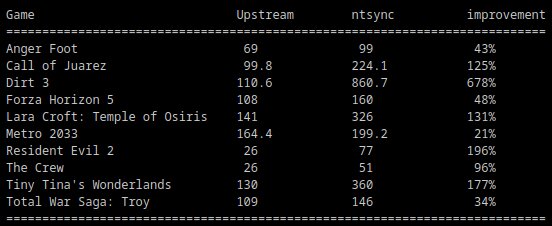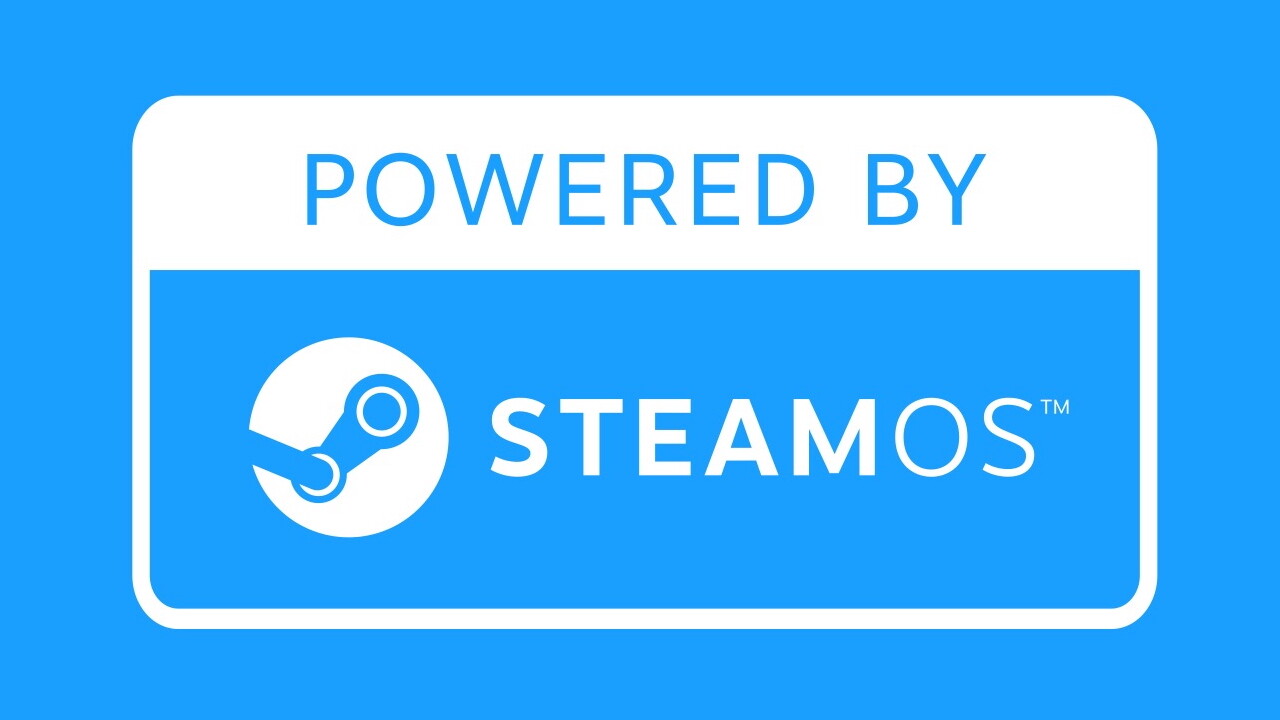Linux kernel 6.14: NTSYNC, AMD-NPU support and optimizations for RX 9000 32 Comments

In addition to the NTSYNC driver, for better Windows compatibility, Linux kernel 6.14 also supports AMDS NPU support and other optimizations for Radeon RX 9000. Also new: a “death screen” for AMD GPUs.
Better Windows compatibility with NTSync
Long awaited and now finally a usable part of the Linux kernel is ntsync. This means that Windows synchronization mechanisms are implemented directly in the core of the free operating system rather than in previous approaches (keywords: ESYNC/FSYNC) via the user level or kernel interface.
The goal of the patch is not only higher compatibility with Windows software and gaming especially, but also better performance compared to previous approaches.
Even if the first references (in advance) speak of increasing noticeable FPS in isolated games, it is not surprising that the driver. The predecessor in the form of FSYNC has already eliminated a lot of overhead. Still, NTSync is a big step for Linux gaming. Actual comparisons to kernel 6.14 are likely to clarify.
The performance gain varies wildly depending on the application in question and the user’s hardware. For some games, NT sync is not a bottleneck and no changes can be observed, but for others, frame rate improvements of 50-150% are not atypical.
Patch
 Extreme performance increases can be measured with NTSync in selected games. (Image: Kernel.org)
Extreme performance increases can be measured with NTSync in selected games. (Image: Kernel.org)
AMDS NPU under Linux usable
AMD SOCS is a 7000 mobile NPU since Phoenix, aka Ryzen. Although open source drivers have been in development for a long time, they have not yet been included in the kernel. In 6.14, the AMDXDNA driver has been introduced, making AI acceleration possible for end users on the Linux desktop. The full implementation notes and other changes can be found at Kernel.org.
RDNA-4 support is being expanded
RDNA-4 is still relatively new, so kernel 6.14 continues to support the driver and introduces numerous improvements for AMD’s new graphics architecture. In addition to better shader support and various fixes, the graphics driver patch fixes the previously incorrect PCIE connection reporting. Also interesting is the GFXOFF feature, which disables parts of the graphics chip during computational work. Screen of Death Now Also for AMD
If a system crashes for no apparent reason, good advice is often expensive. On Windows, the notorious Blue Screen of Death (BSOD) can offer help. On Linux, users and administrators have had to search log files afterward. A mode was recently introduced as a countermeasure that displays a QR code with further information in the event of a crash. Support for this DRM-panic was submitted for late 2024 and is now part of the AMD graphics driver in kernel 6.14.
The Phoronix website has compiled a summary of all the upcoming changes in the run-up to release. This includes support for Qualcomm‘s Snapdragon-8 elite chips, numerous changes to the AMD-P state, faster encryption on AMD processors, hardware support for Microsoft’s Copilot button, and changes to the storage system.
Topics: operating systems gaming Linux open source

A lifelong video game enthusiast, Julien reviews the latest releases and explores the technologies transforming the gaming world.


